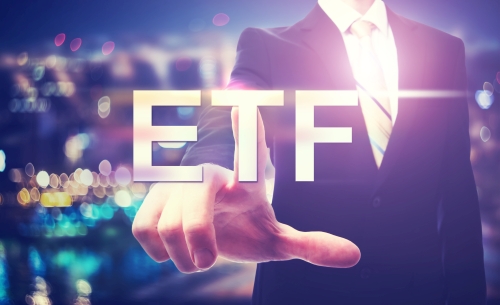Everywhere you look, there is someone telling someone else what to do. How they should think, what they should believe in, and who they should support or denounce.
It is not for us to think and decide things for ourselves. Thankfully, we can rely on self-appointed moral guardians to help guide us poor folk in the ways of the world.
Our final acquiescence arrives with a gentle, nodding approval…that we too are part of the anointed few.
This type of groupthink besets nearly every corner of society. From what kids get taught in school, to how we should vote. How we interact with others in our daily lives…even the way we should play sport.
And of course, much of this has swept through the corporate world. CEOs and boards tripping over themselves to out virtue-signal their peers. As long as it doesn’t get in the way of profits, mind you.
The craze has even spread to the financial markets. Once the bastion of true competition — capitalism — is now at the behest of activists.
Not just the hedge funds who bet their own, and clients’ money, in companies they want to turn around.
These other activists are coming from another corner of the market. And their size leaves even the biggest hedge funds in their dust.
It is the world of so-called ‘passive’ investing.
The World of Passive Investing
The world’s biggest hedge fund, Bridgewater Associates, manages about US$125 billion. By contrast, the size of the global exchange traded product (ETP) easily exceeds US $5 trillion.
Nasdaq put the industry’s compound annual growth at 18.9% for the last decade. When you consider the size of the market, that is truly dramatic growth.
Exchange traded funds (ETFs) comprise much of this ETP market. That is, funds designed to replicate an investment in something else. Like an underlying index, commodity or currency.
These ETFs are primarily passive in nature. The reason people invest in them is that they will generate market returns.
They are also much cheaper than most actively managed funds, whose returns are also often inferior.
Sure, some ETFs use an active approach. They might write call options over a core holding of shares to generate extra income. Or they might actively rotate in and out of stocks about to pay a dividend.
At their heart, though, they are a passive investment. It is not for them to decide which companies they should invest in, nor how much they should hold of each share.
But this is where the lines between active and passive start to blur.
By their direct holding in all the constituent stocks in an index, ETFs share the rights of every other shareholder. Including being able to vote at AGMs and striking down remuneration reports. [openx slug=inpost]
Given their size, ETFs can also exert pressure on things like the compositions of boards.
With the thousands of holdings that the largest ETF providers hold, surely they don’t have the time or staff numbers to run through the nuances of each and every stock. Not in the way that an active manager should.
But this is the very line that the world’s biggest ETF provider, Blackrock (issuer of iShares), is taking. All up, according to statista, Blackrock control over one-third of the entire global ETF market.
Add in Vanguard, and State Street (issuer of SPDRs), these three control around 70% of the entire ETF market.
As of October last year, Blackrock had around 35 employees in its ‘corporate engagement team’. In an interview with The Australian Financial Review (AFR) at that time, it noted that it expects this number to double.
Their goal? To actively engage with companies to better define their long-term strategies.
What happens, though, if a company refuses to respond? Or management continues with a poor strategy? As a passive investor, Blackrock has to own shares in the index irrespective of what management do.
However, this is where things are changing. And it has to with real activists, like hedge fund Elliott Management Corp, and its tilt at BHP Billiton Ltd [ASX:BHP].
As the AFR stated in its article:
‘Between July 1, 2014 and June 30, 2015, Blackrock voted in support of activist proposals 39 per cent of the time compared to 17 per cent of the time by passive manager Vanguard and 27 per cent of the time by passive manager State Street.’
Passive and Active Investors are Teaming Up
In other words, so-called ‘passive’ investors are now teaming up with ‘active’ investors. In doing so, directing companies on what they should do.
ETF providers argue that they will only support an activist fund if they believe it will add greater long-term value to a stock. And because an ETF has to hold the stock for as long as it is in the index, its interests match those of other shareholders.
The problem with that is, who are they to decide?
Surely, they are capable of determining if a spiv is just in it for a quick buck. But how would they know better than management, for example, whether a mining company should collapse a dual structure? Such as Elliott wants to do with BHP.
The other thing is this. And it leads us back to where we started — about the trap of playing the moral card.
An ETF might hold shares in tobacco, big oil or arms manufacturers. Or other companies that might exploit labour, or human rights, in third world countries. Yet at the same time, these same ETFs agitate for social changes, like the composition of boards.
With such extremes, it’s hard to see how activist ETFs won’t get stuck somewhere in the middle.
Investors put their money into ETFs because of their passive strategy. As it turns out, though, ETFs might not be as passive as investors think.
All the best,
Matt Hibbard
